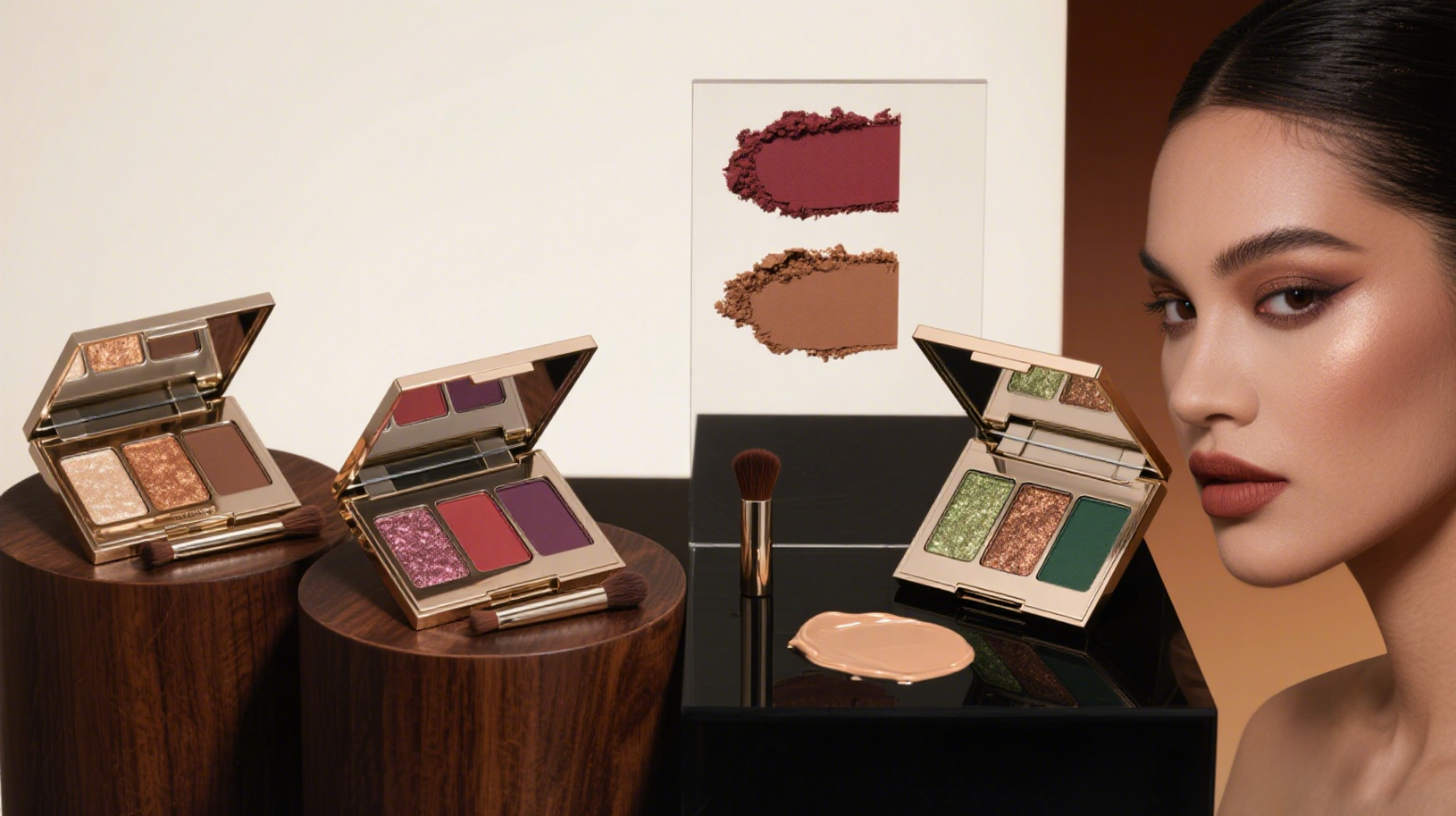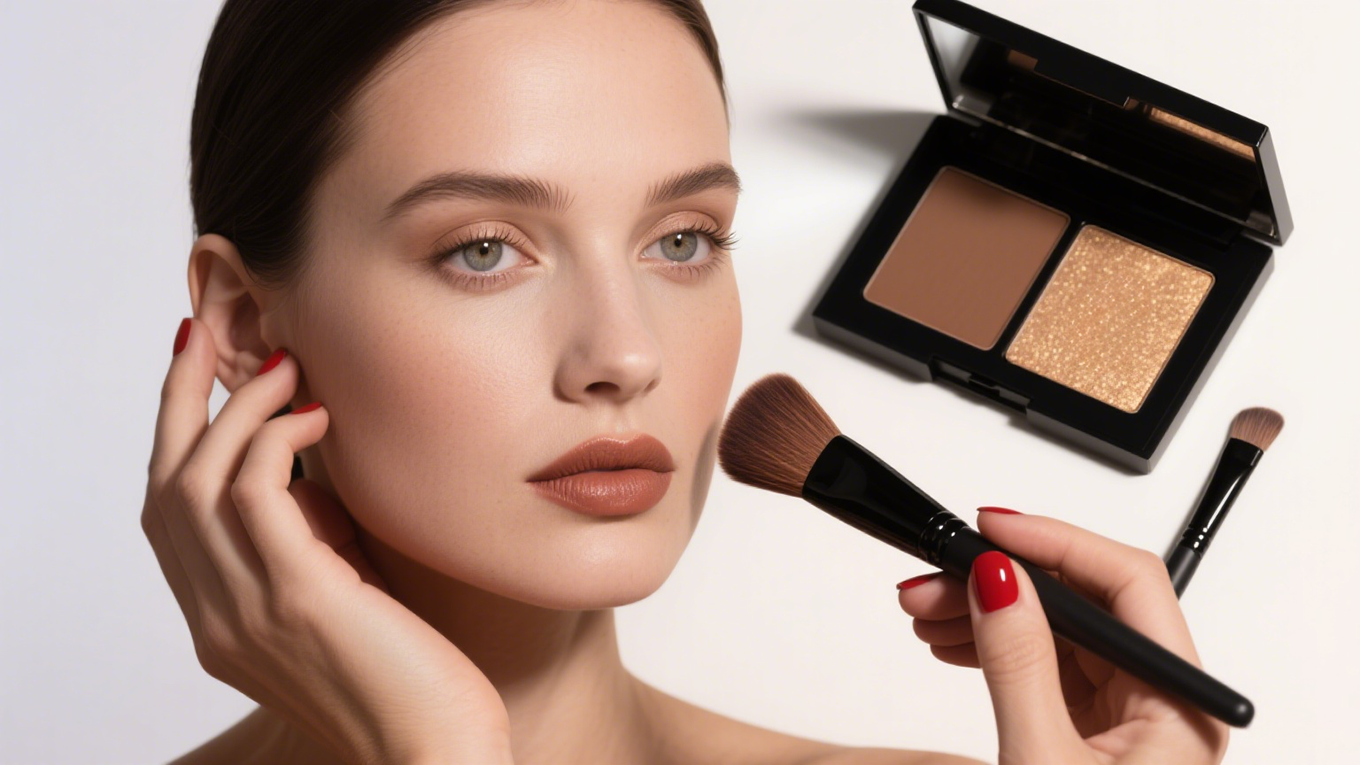Creating a standout foundation product in the competitive cosmetics industry requires a meticulous approach, combining scientific formulation, regulatory compliance, and marketing strategy. At ZM Beauty Supply, we provide a comprehensive guide to help brands navigate the process of developing and manufacturing high-quality foundation products that meet consumer expectations and industry standards.
1. Understanding Market Demand and Consumer Preferences
Before beginning the development of your foundation line, it’s essential to understand the current market trends and consumer preferences:
- Shade Range Diversity: Consumers increasingly expect foundations that cater to a wide range of skin tones. Offering a diverse shade palette is critical to inclusivity and market competitiveness.
- Formula Preferences: Analyze preferences for formula types such as liquid, cream, powder, or stick foundations. Consumers often look for long-lasting, lightweight, or hydrating formulas depending on lifestyle and climate.
- Skin Concerns: Consider formulations that address specific skin concerns, such as anti-aging, acne-prone, sensitive skin, or oily skin. Foundations with added skincare benefits are highly sought after.
Conducting thorough market research, including surveys, competitor analysis, and social media trend monitoring, can provide actionable insights to guide your formulation decisions.
2. Formulation and Ingredient Selection
The heart of any foundation product is its formulation. Developing a high-performing formula requires attention to both aesthetic qualities and skincare benefits:
- Key Ingredients: Consider the use of emollients, pigments, moisturizers, and SPF agents. High-quality ingredients ensure smooth application, even coverage, and skin compatibility.
- Texture and Finish: Formulate foundations with different finishes—matte, dewy, or satin—to appeal to diverse consumer preferences. Texture affects both wearability and consumer perception.
- Skincare Additives: Incorporating vitamins, hyaluronic acid, or antioxidants can enhance the skincare aspect of your foundation, appealing to consumers who prefer multifunctional products.
- Stability Testing: Test your formulations for stability under varying temperatures, humidity levels, and light exposure to ensure product consistency over time.
At ZM Beauty Supply, we collaborate with experienced chemists to optimize formulations, ensuring both quality and safety.
3. Manufacturing Process
An efficient manufacturing process ensures consistency, quality, and regulatory compliance:
- GMP Compliance: Adhering to Good Manufacturing Practices (GMP) reduces contamination risks and ensures consistent product quality.
- Batch Consistency: Maintain strict protocols to guarantee uniform color, texture, and performance across batches.
- Quality Control: Implement comprehensive testing at every stage, including raw material inspection, in-process checks, and final product evaluation.
- Equipment and Technology: Utilize modern mixing, emulsifying, and filling equipment to streamline production and maintain high standards.
Proper manufacturing procedures are crucial to establishing brand reliability and consumer trust.
4. Packaging and Presentation
Packaging is not just a protective layer—it is a key factor in branding and consumer appeal:
- Functionality: Choose packaging that allows for hygienic dispensing, such as pumps, tubes, or compacts.
- Aesthetics: Design packaging that reflects your brand identity and resonates with your target audience. Luxury finishes, innovative shapes, and color coordination can enhance perceived value.
- Sustainability: Eco-conscious consumers value recyclable or refillable packaging options. Incorporating sustainable materials can differentiate your product in the market.
Packaging should protect the product, communicate its benefits, and elevate the overall consumer experience.
5. Regulatory Compliance
Compliance with cosmetic regulations is non-negotiable for market entry:
- Ingredient Restrictions: Ensure all ingredients meet the safety standards of your target markets, such as FDA guidelines in the U.S. or EU cosmetic regulations.
- Labeling Requirements: Properly display ingredient lists, batch numbers, expiration dates, and any claims such as SPF protection or hypoallergenic status.
- Testing: Conduct patch tests, dermatological tests, and stability tests to comply with safety regulations and reassure consumers.
Working with regulatory consultants can help streamline compliance and avoid legal or safety issues.
6. Marketing and Distribution Strategies
Even the best foundation formula requires effective marketing to reach consumers:
- Target Audience Identification: Understand the demographics, preferences, and buying behaviors of your ideal consumers.
- Social Media and Influencers: Leverage social media campaigns and influencer collaborations to create buzz and credibility.
- Retail and Online Distribution: Offer multi-channel availability, including e-commerce platforms and retail partnerships.
- Sampling Programs: Allow consumers to test shades and formulations through samples or testers to reduce purchase hesitation and build trust.
Marketing strategies should align with your brand story and emphasize the unique selling points of your foundation line.
7. Continuous Improvement and Innovation
The cosmetics industry evolves rapidly, and ongoing innovation is critical:
- Trend Monitoring: Keep track of emerging trends like sustainable formulations, multifunctional foundations, or new application technologies.
- Product Line Expansion: Introduce seasonal shades, limited editions, or complementary products like primers and concealers.
- Customer Feedback Integration: Regularly collect and analyze feedback to refine formulas, packaging, and marketing approaches.
Adapting to consumer needs and industry developments ensures long-term success.
Developing a successful foundation line requires strategic planning, meticulous formulation, efficient manufacturing, thoughtful packaging, regulatory compliance, and innovative marketing. By following these detailed steps, brands can create high-quality, consumer-preferred foundation products that stand out in the market. ZM Beauty Supply is committed to supporting your journey, providing expertise and resources to help your cosmetics brand thrive.



